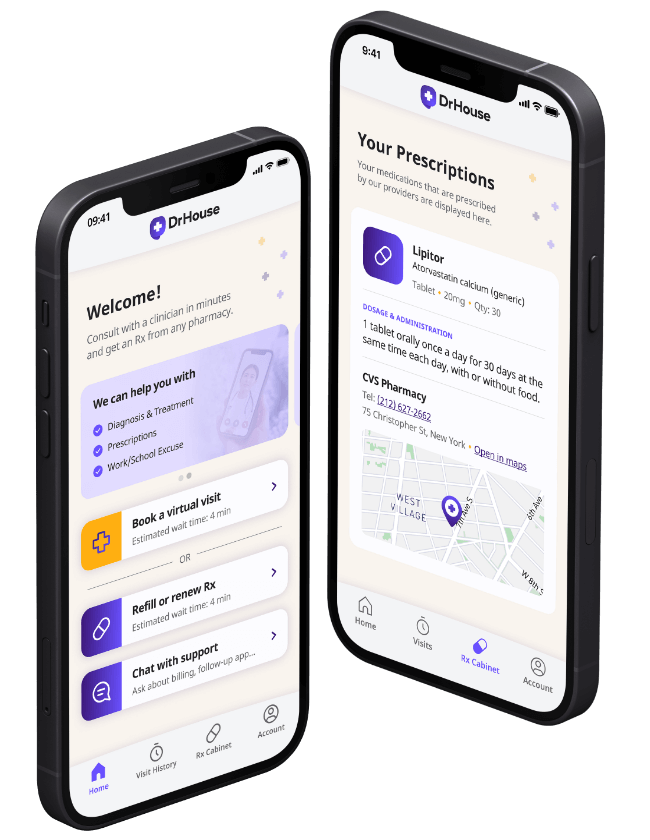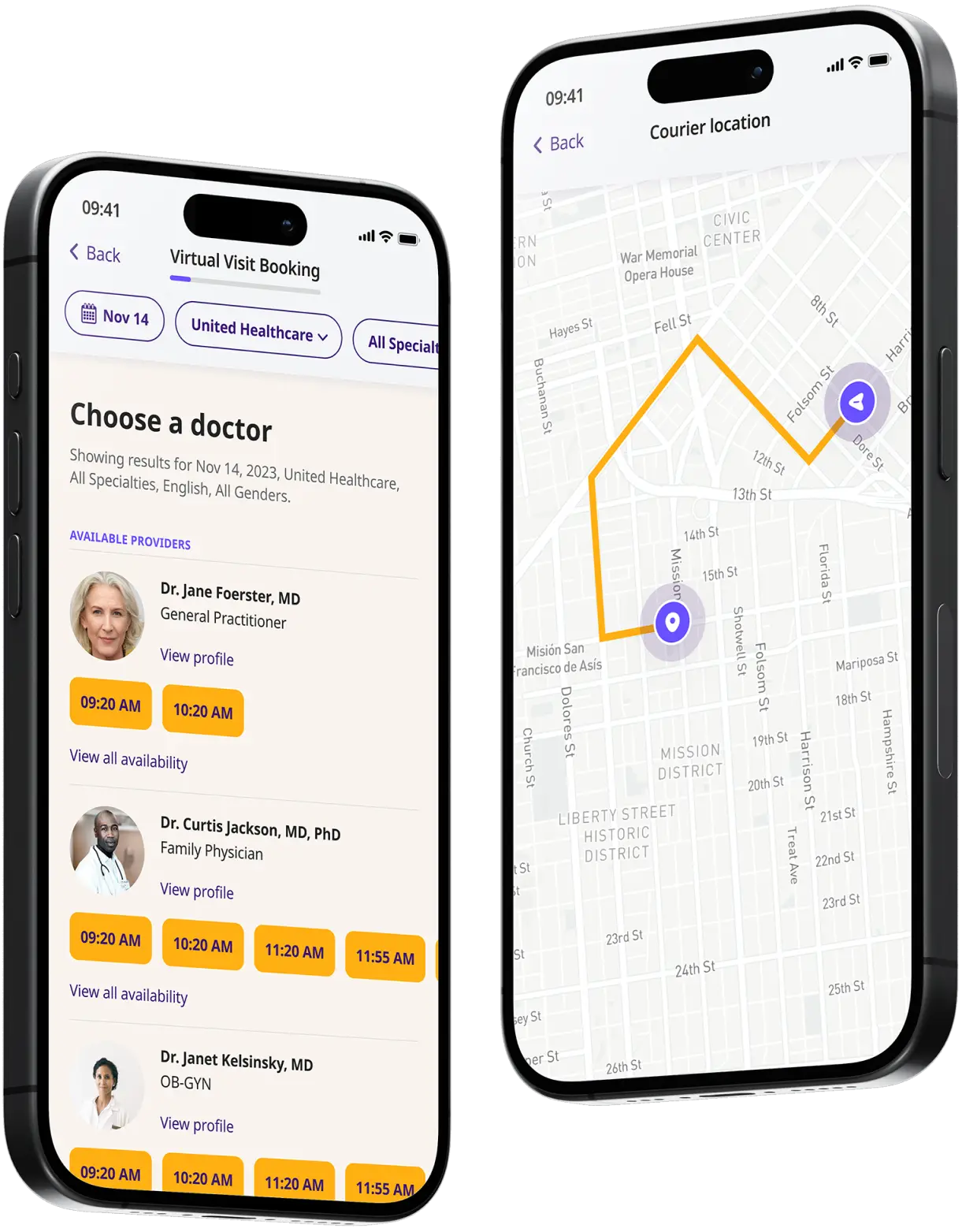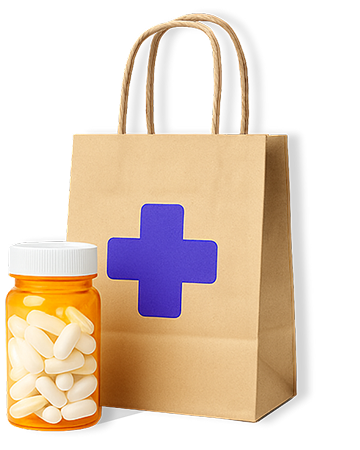Gout Treatment Online
Control gout flare-ups and pain with ease. Consult an online doctor for tailored care and fast, effective treatment.


Available in 50 states. Insurance accepted.
Fast
virtual visits
24/7 care
assistants
Prescriptions
as needed

24/7 Personal Care
Consult with a physician in 15 minutes, refill an Rx or chat with our care assistants.

Affordable & Convenient
See your cost upfront and get treatment for hundreds of different conditions.

Insurance Accepted
We accept most major insurance plans, making healthcare easy and affordable.
See If Delivery Is Available Near You
Delivery Not Available
Enter your ZIP code to check if prescription delivery is available in your area and how soon your meds could arrive.
How to get started
Choose your doctor, start a virtual visit, and have your prescriptions sent to your preferred pharmacy for pickup — all in just a few easy steps.
Choose a doctor
Choose a physician by availability, specialty, ratings, and more.
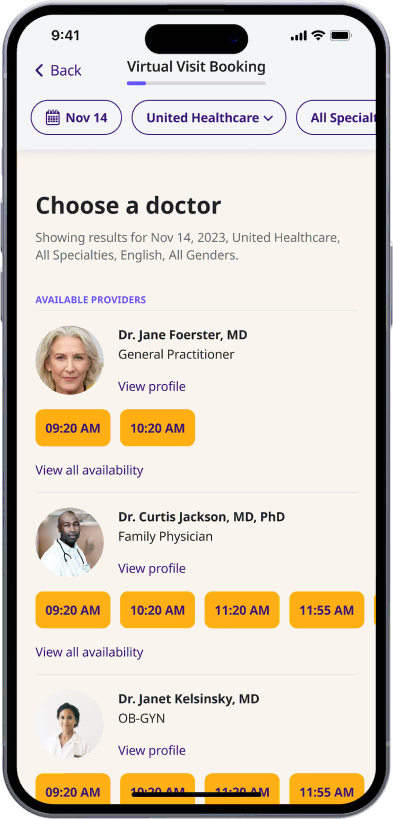
Start your video visit
Connect with a doctor in minutes on a secure video call.

Get your prescription
Pick up your meds or have them delivered in as little as an hour.
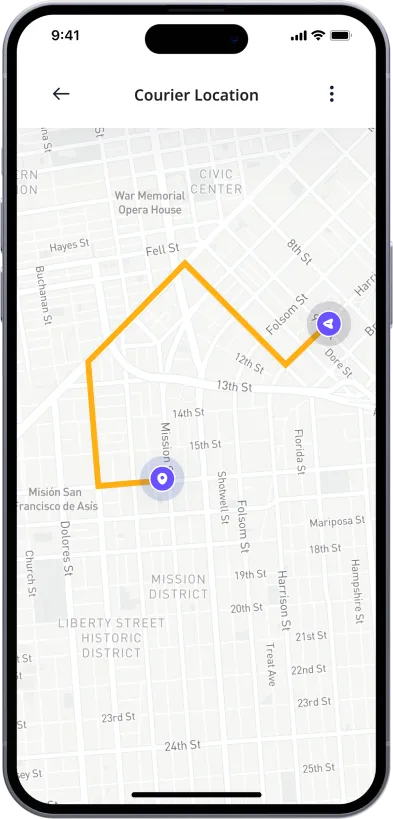
Available in 50 states. Insurance accepted.
One-Time
Physician Visit
One-time visit with a physician for diagnosis, treatment, Rx, labs, referrals, and doctor’s notes.
Accepted Insurances
See why people turn to DrHouse...
As seen in

Gout Treatment Online
What is gout?
Gout is a type of inflammatory arthritis characterized by sudden, severe attacks of pain, swelling, and redness in the joints, particularly the base of the big toe.
This condition is the result of an excess of uric acid in the bloodstream, which can form sharp, needle-like urate crystals in a joint or surrounding tissue, causing intense pain and inflammatory responses.
The development of gout typically occurs in stages. Initially, elevated uric acid levels may not present any symptoms. This asymptomatic phase is crucial because the uric acid levels can be managed to prevent progression. As uric acid accumulates, it may lead to the next stage – acute gout or a gout attack.
During an acute attack, patients often experience sudden and severe pain in one or more joints, most commonly starting at the toes, which may wake a person from sleep. The affected joint or joints become hot, swollen, red, and extremely tender. Such episodes may last several days before subsiding and may become less frequent with proper management.
After an acute attack, individuals may enter an interval phase known as intercritical gout, where they have no symptoms. However, without treatment to reduce uric acid levels, attacks may become more frequent and severe, potentially leading to chronic gout.
The diagnosis of gout is typically made based on the clinical presentation of symptoms, confirmed through blood tests that measure uric acid levels, and sometimes diagnostic imaging or joint fluid analysis.
Managing gout effectively requires a comprehensive approach that includes medication, lifestyle changes, and sometimes dietary modifications to manage symptoms and prevent future attacks.
Symptoms of gout
Gout is notorious for its sudden, intense pain episodes, often striking unexpectedly, which can significantly disrupt a person’s life. The hallmark symptom of a gout attack is severe pain in one or more joints, but the range of symptoms can vary in intensity and duration.
Here is an overview of common gout symptoms:
- Sudden onset of joint pain
- Lingering discomfort
- Inflammation and redness
- Limited range of motion
- Joint stiffness
- Tophi formation
- Fever
These symptoms, especially when recurrent, can lead to other complications, such as the development of kidney stones when uric acid crystals collect in the urinary tract.
What causes gout?
Gout stems from hyperuricemia, a scenario where uric acid levels in the blood are excessively high.
Uric acid is a waste product formed from the natural breakdown of purines, which are found in various foods and are also produced by the body. Under normal circumstances, uric acid dissolves in the blood, is filtered out by the kidneys, and exits the body through urine.
However, if the production of uric acid exceeds the body’s ability to excrete it, or if the kidneys do not eliminate enough uric acid, it accumulates and forms sharp, needle-like crystals in a joint or surrounding tissue, precipitating a gout attack.
Risk factors for gout
Several risk factors increase the likelihood of developing gout, making awareness and preventive measures crucial for those at risk. Key risk factors include:
- Diet: High intake of purine-rich foods (e.g., red meats, certain seafood, organ meats) and beverages (e.g., alcohol, especially beer, and drinks sweetened with fructose) can raise uric acid levels.
- Obesity: Higher body mass can increase uric acid production and decrease renal excretion.
- Medical conditions: Conditions like hypertension, diabetes, metabolic syndrome, kidney disease, and heart disease are linked with a higher incidence of gout.
- Age and Gender: Gout is more common in men, particularly those aged 40 to 60; women are more susceptible post-menopause.
- Family History: Genetic predisposition plays a significant role in the likelihood of developing gout.
- Medication: The use of diuretics, aspirin, and immune-suppressing drugs can increase uric acid levels.
Gout triggers
riggers can vary widely among individuals but typically include:
- Dietary indulgences: Consumption of high-purine foods or alcoholic beverages can prompt an attack.
- Dehydration: Inadequate fluid intake can concentrate uric acid in the blood, facilitating crystal formation.
- Sudden changes in uric acid levels: This can occur due to rapid weight loss, overeating, or even stopping or starting uric acid-lowering medication.
- Injury or surgery: Trauma to a joint can provoke an attack in that joint.
- Stress: Both physical and emotional stress can trigger a flare-up, highlighting the importance of stress management in gout prevention.
Treatment of gout
The treatment of gout aims to accomplish two main objectives: managing acute attacks swiftly and effectively, and preventing future attacks and the progression of the disease.
Managing gout involves a combination of medication, lifestyle changes, and in some cases, dietary adjustments.
During an acute gout attack, the priority is to reduce inflammation and pain. Typically, this is achieved through medications such as nonsteroidal anti-inflammatory drugs (NSAIDs), which are effective in reducing joint inflammation and pain.
For those who cannot take NSAIDs, alternatives like corticosteroids or colchicine may be used. These medications can be administered orally, intravenously, or injected directly into the inflamed joint to quickly relieve symptoms.
Long-term management focuses on lowering excess uric acid to prevent future attacks and complications such as kidney stones and joint damage. This is primarily accomplished through urate-lowering therapies.
Lifestyle modifications are also integral to treatment, including maintaining a healthy weight, staying hydrated, and avoiding foods high in purines and alcoholic beverages, particularly beer.
Gout medication
Medications for gout are categorized into those used for acute attacks and those used for prevention.
For immediate relief from a gout flare, the following medications are commonly prescribed:
- NSAIDs: Drugs like ibuprofen, naproxen, and indomethacin can reduce inflammation and pain during an acute gout attack. However, they must be used cautiously in patients with kidney issues or ulcers.
- Colchicine: Effective at reducing gout pain, colchicine is particularly useful if started early in an attack. Its side effects, which can include gastrointestinal issues, limit its use in higher doses.
- Corticosteroids: Prednisone and other steroids can control gout inflammation and pain. They are alternatives for those who cannot tolerate NSAIDs or colchicine.
For long-term management, medications that lower uric acid levels are used:
- Allopurinol: This is a commonly prescribed urate-lowering medication that reduces the body’s production of uric acid. It is effective for long-term management but requires monitoring for side effects, especially on the liver and kidneys.
- Febuxostat: Similar to allopurinol, it inhibits an enzyme involved in uric acid production but can be used in patients who are intolerant to allopurinol.
- Probenecid: This medication helps the kidneys remove more uric acid from the body. It is useful for patients whose kidneys do not efficiently excrete uric acid.
How can DrHouse help?
For individuals dealing with gout, DrHouse provides an invaluable resource, allowing them to consult with healthcare professionals online. Patients can discuss symptoms, receive diagnoses, and get personalized treatment plans—all without the need to leave their homes. This is particularly beneficial during sudden gout attacks when immediate access to care can significantly reduce pain and prevent further joint damage.
Telehealth consultations via DrHouse make it easier for patients to manage their condition consistently. Healthcare professionals can prescribe medications like Allopurinol directly through the platform, with prescriptions sent electronically to a pharmacy of the patient’s choice, streamlining the treatment process.
For ongoing management, DrHouse facilitates regular follow-ups and adjustments to treatment plans based on the patient’s progress, uric acid levels, and overall health.
Frequently asked questions (FAQs)
Can gout be treated online?
Yes, gout can be treated online. With DrHouse, patients can consult with a licensed healthcare professional through our secure telehealth app. This allows patients to receive personalized treatment plans and access to medication without having to leave their home.
Can I get a prescription for gout online through DrHouse?
Yes, you can get a prescription for gout medication through DrHouse. Our licensed healthcare professionals can assess your symptoms, review your medical history and current medications, and provide a personalized treatment plan that may include prescription medication.
Related services
Explore more of our services tailored to your needs and discover additional ways we can support your healthcare needs.
Frequently asked questions


